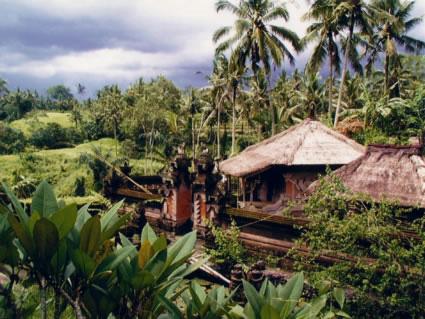Энэ 7 хоногт
Mongolia to improve its SLP in Indonesia
Mongolia is about to look more closely at Indonesia’s independent community empowerment national program (PNPM) with the hope to improve its own Sustainable Livelihood Program (SLP).

Mongolia is about to look more closely at Indonesia’s independent community empowerment national program (PNPM) with the hope to improve its own Sustainable Livelihood Program (SLP). Mongolia’s SLP is a program spread over 12 years and including three phases to enhance livelihood security and sustainability in the country’s local communities and build the local capacity by scaling up the effective mechanisms and processes piloted under the first phase.
SLP Project Manager of the office of the Welfare Coordinating Ministry Adiya received this Monday in Indonesia a Mongolian delegation interested in studying the Indonesian successful PNPM program for application in Mongolia.
In Mongolia, the second stage of the SLP (SLP-II) is currently carried out in the nation’s 21 provinces. The project’s second phase has four main components with the first being the pastoral risk management (PRM) component. The main objective of the PRM component is to scale up and replicate effective strategies to prepare for and respond to pastoral risk. The primary target group is herder households, while recognizing that risk preparedness and response also requires well-coordinated support from national and sub-national governments, and private-sector and civil-society institutions.
The second component is the community initiatives (CI), the objective of this component is to establish, on a nationwide basis, effective, transparent and socially inclusive mechanisms that empower citizens to identify and implement small public facility improvement projects. The third component is the microfinance development (MD). The overall objective for the MD component will be to deepen and widen access to sustainable financial services to rural citizens.
Finally, the fourth component is for capacity building and project management (PM). This component would finance all the necessary functions to ensure effective, efficient, and timely implementation and management of all project activities at the national level.
The third phase of the program will consist in fully institutionalizing appropriate mechanisms utilized in phase I and II to reduce the vulnerability of rural communities throughout Mongolia. The cost of the project is estimated to be USD49.9 million and is being funded by the International Development Association, the World Bank, the European community, Japan PHRD Grant, the Government of Mongolia, Local government, and citizens contribution. 40% of the total funds are an IDA (Internationl Development Association )soft loan, 60% are from grants.





